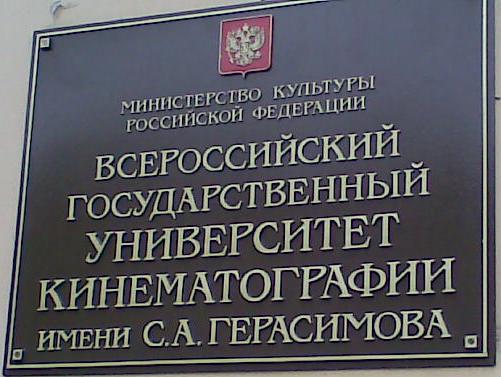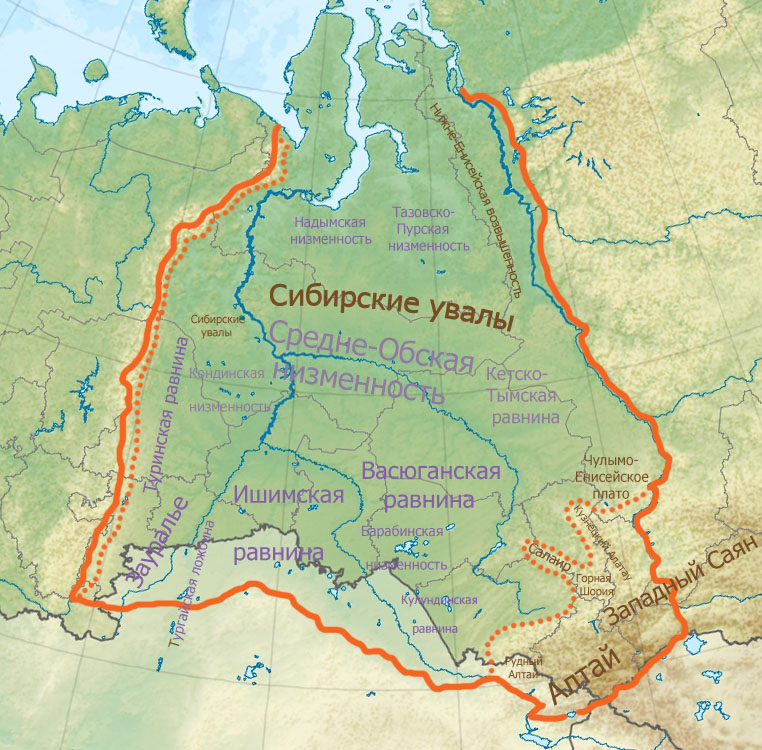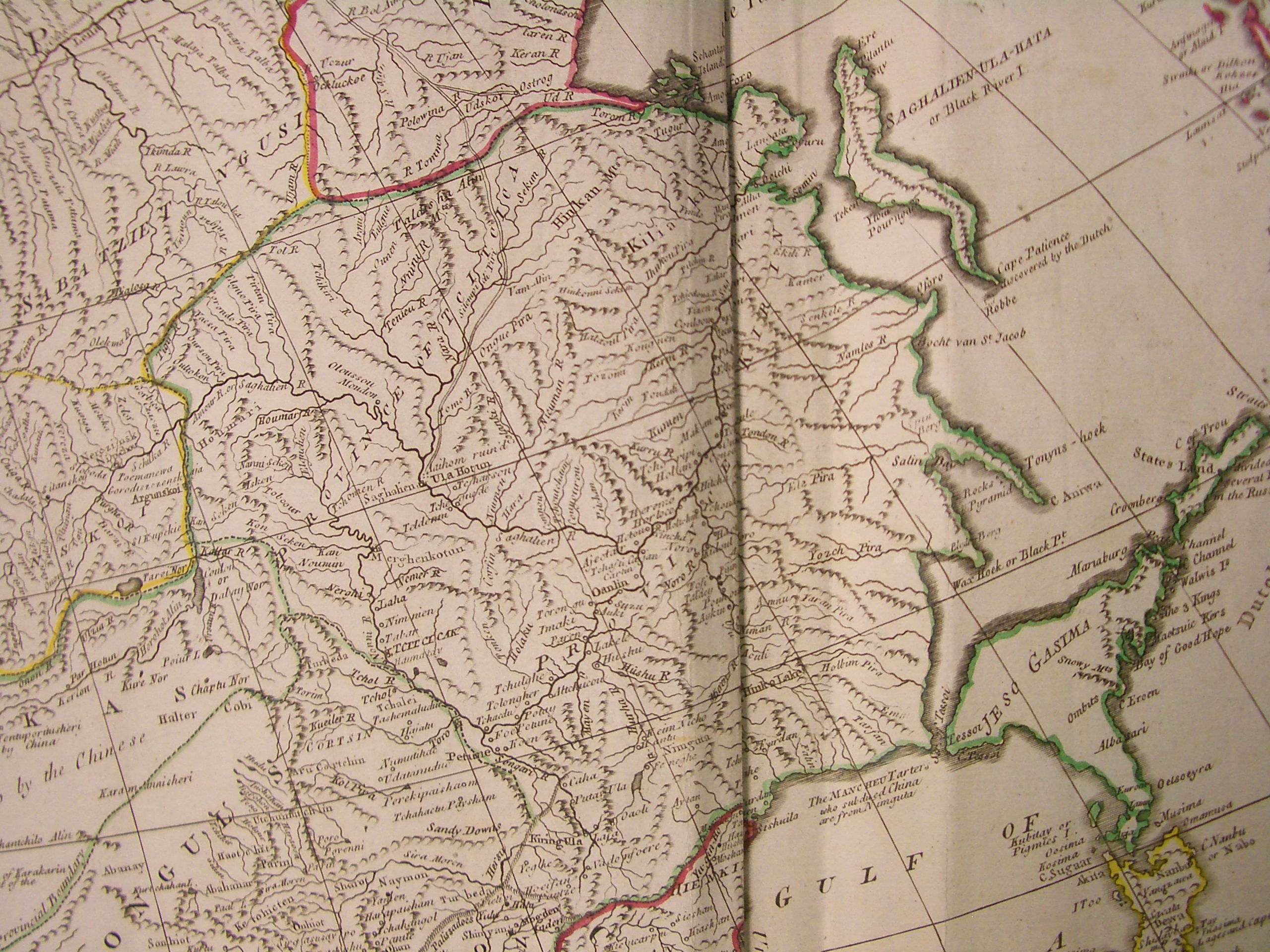|
Vitaly Melnikov (film Director)
Vitaly Vyacheslavovich Melnikov (russian: Виталий Вячеславович Мельников; 1 May 1928 – 21 March 2022) was a Soviet and Russian film director and screenwriter. He was named People's Artist of the RSFSR in 1987 and awarded Order of Honour in 2002 and IV Class Order "For Merit to the Fatherland" in 2010.Cinema: Encyclopedic Dictionary // ed. Sergei Yutkevich. — Moscow: Soviet Encyclopedia, 1987, p. 265 He was also a member of the Russian Academy of Cinema Arts and Sciences and was awarded the special Nika Award in 2016 "For outstanding contribution to national cinema". Biography Vitaly Melnikov was born at the maternity hospital of the Svobodny town (modern-day Svobodny, Amur Oblast of Russia), although his birth place was written down as Mazanovo village where his parents lived at the moment. [...More Info...] [...Related Items...] OR: [Wikipedia] [Google] [Baidu] |
Far East
The ''Far East'' was a European term to refer to the geographical regions that includes East and Southeast Asia as well as the Russian Far East to a lesser extent. South Asia is sometimes also included for economic and cultural reasons. The term first came into use in European geopolitical discourse in the 15th century, particularly the British, denoting the Far East as the "farthest" of the three "Easts", beyond the Near East and the Middle East. Likewise, during the Qing dynasty of the 19th and early 20th centuries, the term " Tàixī ()" – i.e., anything further west than the Arab world – was used to refer to the Western countries. Since the mid-20th century, the term has mostly gone out of use for the region in international mass media outlets due to its eurocentric connotations.Reischauer, Edwin and John K Fairbank, ''East Asia: The Great Tradition,'' 1960. The Russian Far East is often excluded due to cultural and ethnic differences, and is often considered as part o ... [...More Info...] [...Related Items...] OR: [Wikipedia] [Google] [Baidu] |
Gerasimov Institute Of Cinematography
The Gerasimov Institute of Cinematography (russian: Всероссийский государственный институт кинематографии имени С. А. Герасимова, meaning ''All-Russian State Institute of Cinematography named after S. A. Gerasimov''), a.k.a. VGIK, is a film school in Moscow, Russia. History The institute was founded in 1919 by the film director Vladimir Gardin as the Moscow Film School and is the oldest film school in the world. From 1934 to 1991 the film school was known as the All-Union State Institute of Cinematography (russian: Всероссийский (ранее Всесоюзный) государственный институт кинематографии). Film directors who have taught at the institute include Lev Kuleshov, Marlen Khutsiev, Aleksey Batalov, Sergei Eisenstein, Mikhail Romm and Vsevolod Pudovkin. Alumni include Sergei Bondarchuk, Elem Klimov, Sergei Parajanov, Alexander Sokurov and Andrei Tar ... [...More Info...] [...Related Items...] OR: [Wikipedia] [Google] [Baidu] |
Western Siberia
Western Siberia or West Siberia (russian: Западная Сибирь, Zapadnaya Sibir'; kk, Батыс Сібір) is a part of the larger region of Siberia that is mostly located in the Russian Federation. It lies between the Ural region and the Yenisei River, which conventionally divides Siberia into two halves. Western Siberia covers an area of , nearly 80% of which is located within the West Siberian Plain. The largest rivers of the region are the Irtysh and the Ob. The West Siberian petroleum basin is the largest hydrocarbon (petroleum and natural gas) basin in the world covering an area of about 2.2 million km2, and is also the largest oil and gas producing region in Russia. In medieval times, the region was part of the Golden Horde. After its gradual decline during the 15th century, the Khanate of Sibir, centered on Tyumen, was formed within the area. In the late 16th century, most of Western Siberia was conquered by the Russian Empire, while its southern region be ... [...More Info...] [...Related Items...] OR: [Wikipedia] [Google] [Baidu] |
Khanty-Mansiysk
Khanty-Mansiysk ( rus, Ха́нты-Манси́йск, Khánty-Mansíysk, lit. ''Khanty-Mansi Town''; Khanty: , ''Jomvoćś''; Mansi: , ''Abga'') is a city and the administrative center of Khanty-Mansi Autonomous Okrug–Yugra, Russia. It stands on the eastern bank of the Irtysh River, from its confluence with the Ob, in the oil-rich region of Western Siberia. Though an independent city, Khanty-Mansiysk also functions as the administrative center of Khanty-Mansiysky District. Khanty-Mansiysk is one of few capitals of Russian regions that is not the largest city in the area, surpassed by Surgut, Nizhnevartovsk and Nefteyugansk. Etymology The city's name consists of the names of the local indigenous people ''Khanty'' and ''Mansi'' and includes ''"-sk"'' ending which is a typical Russian ending for the town names. Before 1940 these people were known as ''Ostyaks'' and ''Voguls'' respectively and the city's name (then settlement) was ''Ostyako-Vogulsk''. Geography Climate ... [...More Info...] [...Related Items...] OR: [Wikipedia] [Google] [Baidu] |
Omsk
Omsk (; rus, Омск, p=omsk) is the administrative center and largest city of Omsk Oblast, Russia. It is situated in southwestern Siberia, and has a population of over 1.1 million. Omsk is the third largest city in Siberia after Novosibirsk and Krasnoyarsk, and the twelfth-largest city in Russia. It is an essential transport node, serving as a train station for the Trans-Siberian Railway and as a staging post for the Irtysh River. During the Imperial era, Omsk was the seat of the Governor General of Western Siberia and, later, of the Governor General of the Steppes. For a brief period during the Russian Civil War in 1918–1920, it served as the capital of the anti-Bolshevik Russian State and held the imperial gold reserves. Omsk serves as the episcopal see of the bishop of Omsk and Tara, as well as the administrative seat of the Imam of Siberia. The mayor is Sergey Shelest. Etymology The city of Omsk is named after the Om river. This hydronym in the dialect of Baraba ... [...More Info...] [...Related Items...] OR: [Wikipedia] [Google] [Baidu] |
Enemy Of The People
The term enemy of the people or enemy of the nation, is a designation for the political or class opponents of the subgroup in power within a larger group. The term implies that by opposing the ruling subgroup, the "enemies" in question are acting against the larger group, for example against society as a whole. It is similar to the notion of "enemy of the state". The term originated in Roman times as lat, hostis publicus, typically translated into English as the "public enemy". The term in its "enemy of the people" form has been used for centuries in literature (see '' An Enemy of the People'', the play by Henrik Ibsen, 1882; or ''Coriolanus'', the play by William Shakespeare, c. 1605). The Soviet Union made extensive use of the term until 1956, notably by Joseph Stalin. It is routinely used by authoritarian rulers. Former U.S. President Donald Trump used the phrase on multiple occasions since early 2017 to refer to news organizations and journalists whom he perceives as ... [...More Info...] [...Related Items...] OR: [Wikipedia] [Google] [Baidu] |
Great Purge
The Great Purge or the Great Terror (russian: Большой террор), also known as the Year of '37 (russian: 37-й год, translit=Tridtsat sedmoi god, label=none) and the Yezhovshchina ('period of Yezhov'), was Soviet General Secretary Joseph Stalin's campaign to solidify his power over the party and the state; the purges were also designed to remove the remaining influence of Leon Trotsky as well as other prominent political rivals within the party. It occurred from August 1936 to March 1938. Following the death of Vladimir Lenin in 1924 a power vacuum opened in the Communist Party. Various established figures in Lenin's government attempted to succeed him. Joseph Stalin, the party's General Secretary, outmaneuvered political opponents and ultimately gained control of the Communist Party by 1928. Initially, Stalin's leadership was widely accepted; his main political adversary Trotsky was forced into exile in 1929, and the doctrine of "socialism in one country" ... [...More Info...] [...Related Items...] OR: [Wikipedia] [Google] [Baidu] |
Russia-K
Russia-K (russian: Россия Культура, translit=Rossiya Kul'tura "Russia - Culture") is a Russian nationwide not-for-profit television channel that broadcasts shows regarding arts and culture. It belongs to the state-controlled VGTRK group. History The creation of ''Kultura'' channel was authorised on 25 August 1997 after the presidential Decree No. 919 was signed by Boris Yeltsin. Its creation was supported by Mstislav Rostropovich, Dmitry Likhachyov, Rolan Bykov and other public figures. Mikhail Shvydkoy became the first editor-in-chief of Kultura. The channel began broadcasting on 1 November 1997 at 10:00 AM. At the stage of launching, it was planned that it would be called "RTR-2" (while RTR was labeled as RTR-1). The corresponding logo was briefly used in a number of printed TV programs, while the stylized "K" letter was used as the logo from the beginning of broadcast. The channel was rebranded as ''Russia-Culture'' (''Rossiya-K'') on 1 January 2010 along wit ... [...More Info...] [...Related Items...] OR: [Wikipedia] [Google] [Baidu] |
Blagoveshchensk
Blagoveshchensk ( rus, Благове́щенск, p=bləgɐˈvʲeɕːɪnsk, meaning ''City of the Annunciation'') is a city and the administrative center of Amur Oblast, Russia. It is located at the confluence of the Amur and the Zeya Rivers, opposite to the Chinese city of Heihe. Population: The Amur has formed Russia's border with China since the 1858 Aigun Treaty and the 1860 Treaty of Peking. The area north of the Amur belonged to the Manchu Qing dynasty by the Treaty of Nerchinsk of 1689 until it was ceded to Russia by the Aigun Treaty in 1858. History Early history of the region The early residents of both sides of the Amur in the region of today's Blagoveshchensk were the Daurs and Duchers. An early settlement in the area of today's Blagoveshchensk was the Ducher town whose name was reported by the Russian explorer Yerofey Khabarov as Aytyun in 1652, as Aigun from 1683 to 1685, and as Aigun Old Town from 1685 until the massacre in 1900, which known to Russian arch ... [...More Info...] [...Related Items...] OR: [Wikipedia] [Google] [Baidu] |
Iskusstvo Kino
''Iskusstvo Kino'' (Russian: Искусство кино, ''Film Art'') is a film magazine published in Moscow, Russia. It has been published since 1931 and is one of the earliest magazines in Europe which specialize on film theory and review alongside the British magazine ''Sight & Sound'' and the French magazine '' Cahiers du Cinéma''. History and profile The magazine was founded in 1931. The headquarters is in Moscow. It was published on a monthly basis from its start in 1931 to 1941. Following its temporary closure during World War II it was relaunched in 1945 and was published irregularly between 1945 and 1947. After that it was published bi-monthly from 1947 to 1951. Since 1952 it has been published monthly. During the Soviet period ''Iskusstvo Kino'' was the official magazine for cinema industry in the country. The magazine included the editorials by the leading Communist Party officials. At the same time it argued that films should meet the demands by public. From 1963 ... [...More Info...] [...Related Items...] OR: [Wikipedia] [Google] [Baidu] |
Alexander Kolchak
Alexander Vasilyevich Kolchak (russian: link=no, Александр Васильевич Колчак; – 7 February 1920) was an Imperial Russian admiral, military leader and polar explorer who served in the Imperial Russian Navy and fought in the Russo-Japanese War of 1904–1905 and the First World War. During the Russian Civil War of 1917–1922 he established an anti-communist government in Siberia — later the Provisional All-Russian Government — and became recognized as the "Supreme Leader and Commander-in-Chief of All Russian Land and Sea Forces" by the other leaders of the White movement from 1918 to 1920.Jon Smele (2006) ''Civil War in Siberia: The Anti-Bolshevik Government of Admiral Kolchak, 1918–1920'', Cambridge University Press, . p.77 His government was based in Omsk, in southwestern Siberia. For nearly two years, Kolchak served as Russia's internationally recognized head of state. However, his efforts to unite the White Movement failed; Kolchak refused ... [...More Info...] [...Related Items...] OR: [Wikipedia] [Google] [Baidu] |




.jpg)


